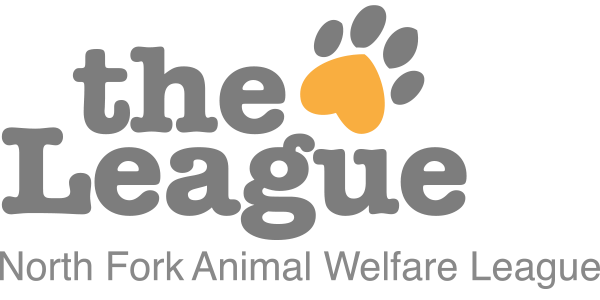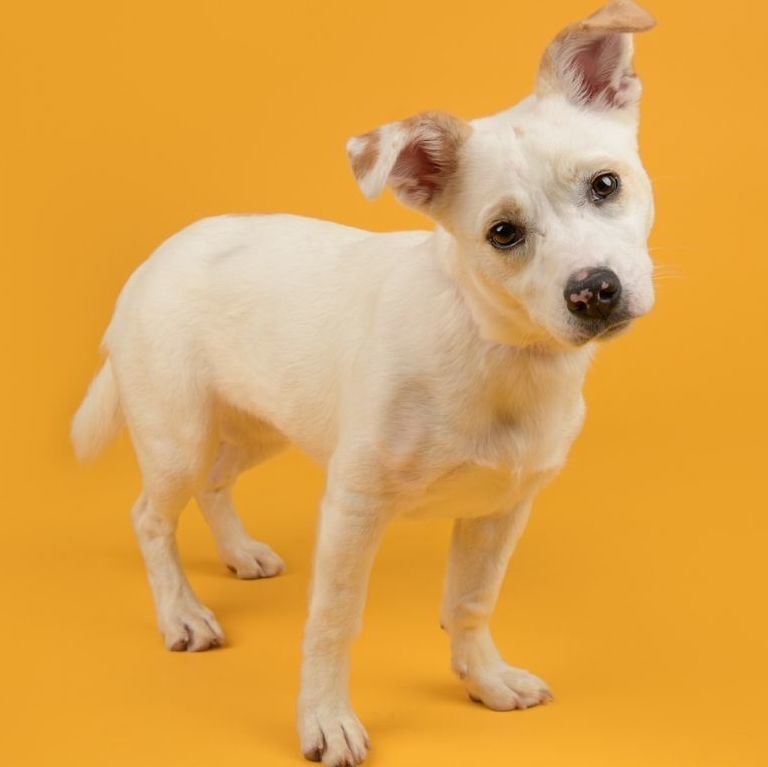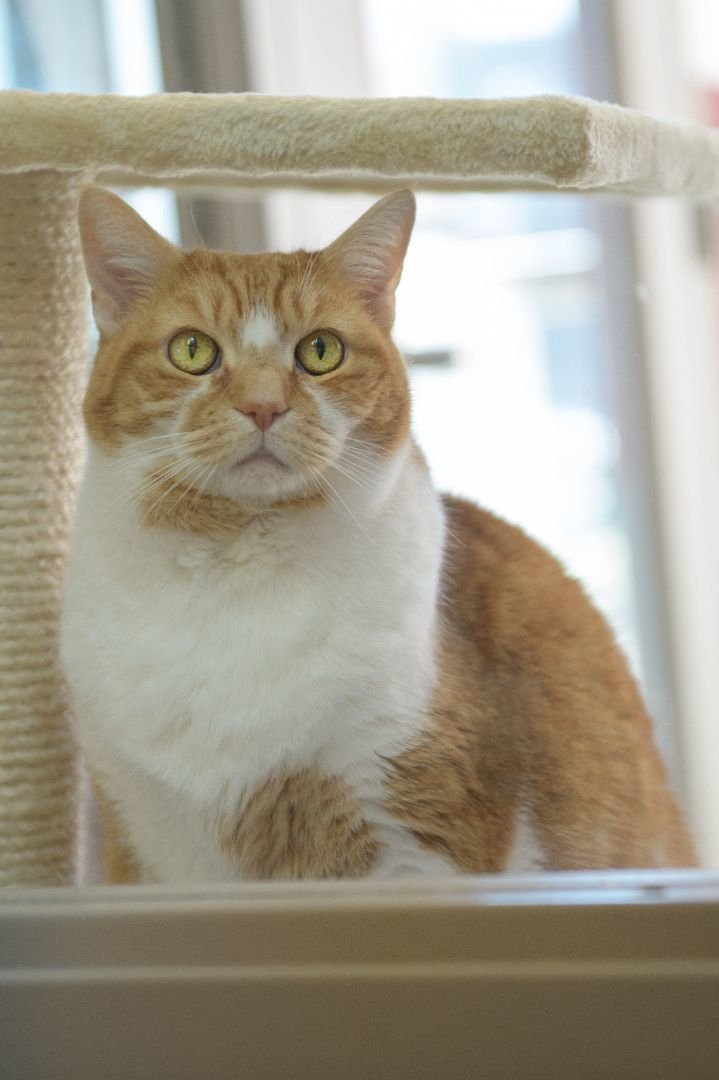Safeguarding Our Furry Friends
A Guide to Toxic Food Items for Pets
As we approach the third week of March, a time dedicated to Pet Poison Prevention Week, March 17-23, raising awareness about the dangers lurking in our homes that could harm our beloved pets is crucial. Thus, we at the North Fork Animal Welfare League (NFAWL) are deeply committed to promoting the health and safety of pets in our community, including educating pet owners about potential hazards that could lead to pet poisoning.
As its name suggests, pet poisoning can occur when animals ingest toxic substances—certain foods that might be harmless to humans but harmful to pets. This dedicated week serves as a reminder of the importance of being vigilant about the substances our pets encounter, including toxic food items. In collaboration with our team of experts, we've compiled a guide to toxic food items for dogs and cats that are commonly available in our households. By knowing these we can be able to keep our pets safe and enjoy their company for a longer time.
Toxic Food Items for Dogs:
1. Chocolate: A well-known hazard for dogs, chocolate contains substances like theobromine and caffeine, which can be toxic and even fatal to our canine companions. That is why, as pet owners, we should exercise extra caution and avoid sharing chocolate treats with our dogs.
2. Grapes and Raisins: Despite their wholesome reputation, grapes and raisins can cause kidney failure in dogs, making them a potentially deadly snack. We remind pet owners to keep these fruits out of reach and opt for pet-safe alternatives instead.
3. Xylitol: Found in sugar-free gum, candies, and some peanut butter brands, xylitol poses a significant threat to dogs, leading to symptoms like hypoglycemia and liver failure. We at NFAWL highly emphasize the importance of reading labels carefully and avoiding products containing Xylitol.
4. Onions and Garlic: These common kitchen ingredients may add flavor to our meals but can spell disaster for dogs. Onions and garlic can damage a dog's red blood cells, resulting in anemia and other serious health issues.
5. Avocado: While a nutritious choice for humans, avocados contain a toxin called persin, which can harm dogs when ingested in large quantities. We advise pet owners to keep avocados out of reach to their dogs to prevent accidental ingestion.
By familiarizing ourselves with the potential food hazards and taking proactive steps to eliminate risks, we can create a safer environment for our furry companions.
Toxic Food Items for Cats:
1. Onions, Garlic, and Chives: Like dogs, cats are also particularly sensitive to the toxic effects of onions, garlic, and chives, which can cause oxidative damage to their red blood cells and lead to anemia.
2. Lilies: Although not a food item, lilies are frequently found in bouquets and floral arrangements, posing a serious threat to cats. Even small ingestions of lily petals or leaves can result in kidney failure, underscoring the importance of keeping these flowers out of reach.
3. Alcohol: Cats are highly susceptible to the toxic effects of alcohol, which can lead to symptoms such as vomiting, disorientation, and difficulty breathing. We strongly remind pet owners to store alcoholic beverages securely and avoid leaving them unattended in areas accessible to curious cats.
4. Caffeine: Like chocolate, caffeine can be harmful to cats due to its stimulating effects on the central nervous system. Pet owners should be mindful of sources of caffeine, including coffee, tea, and certain medications, and ensure they are kept out of reach of feline companions.
5. Raw Eggs, Meat, and Fish: While many cats enjoy these protein-rich foods, raw eggs, meat, and fish can harbor harmful bacteria like Salmonella and E. coli. Additionally, raw fish contains enzymes that can destroy thiamine, leading to neurological problems in cats.
6. Dairy Products: Despite the popular image of cats lapping up milk, dairy products can cause digestive issues for many cats. Most adult cats are lactose intolerant and can suffer from diarrhea or other gastrointestinal problems if they consume dairy products.
7. Bones: While dogs may enjoy gnawing on bones, cats just cannot, as they can splinter and cause internal injuries or blockages if swallowed. Poultry bones, in particular, are hazardous due to their small size and sharp edges.
By familiarizing ourselves with the potential food hazards and taking proactive steps to eliminate risks, we can create a safer environment for our furry companions. Nonetheless, we still encourage our fellow pet owners to keep the emergency contact numbers of our veterinarians, as well as the poison control hotline, readily available in case of accidental ingestion.
As stewards of animal welfare, NFAWL is committed to equipping pet owners with the information and resources they need to protect their furry friends from harm. By raising awareness about toxic food items and promoting responsible pet ownership, we can create a safer and healthier environment for all pets in our community.
Let us remain vigilant and proactive in safeguarding our pets from potential hazards, especially during Pet Poison Prevention Week. Together, we can ensure that our furry companions lead long, happy, and healthy lives.




